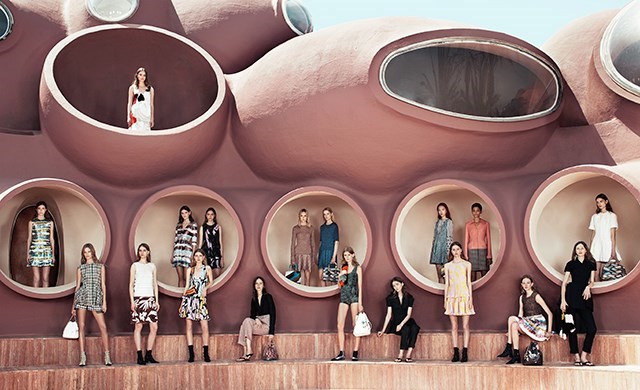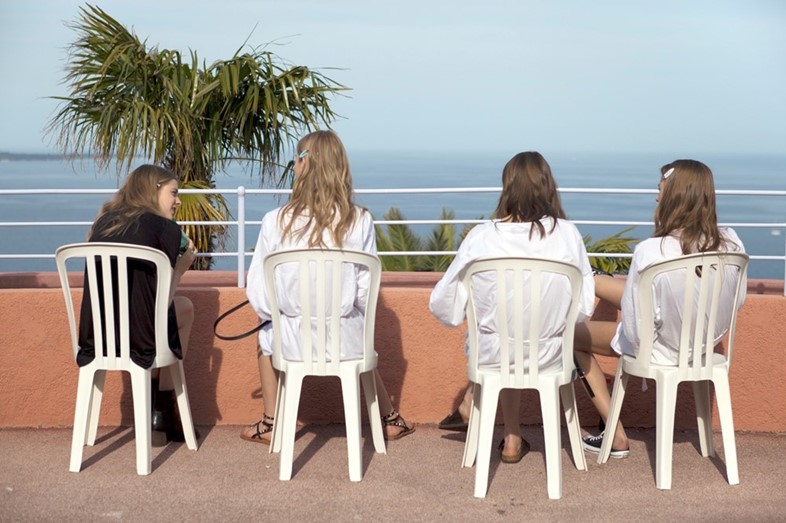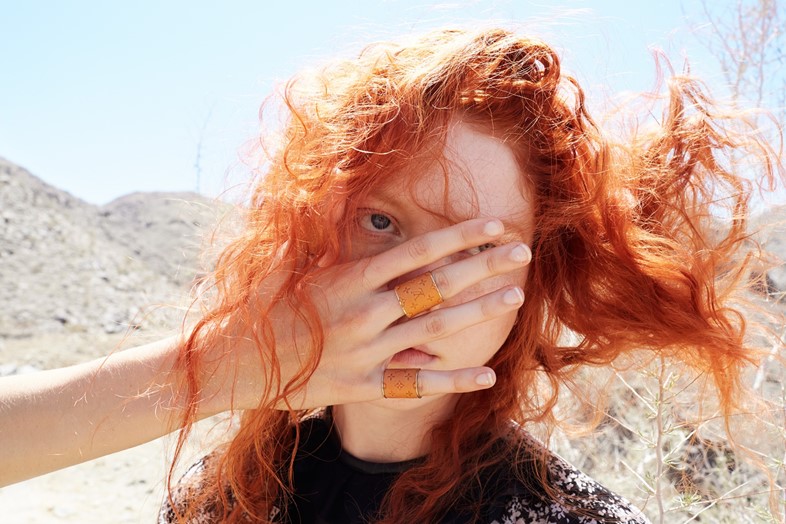The end of an era? The cruise shows this season heralded a new breed of fashion show that requires a totally new style of post-match coverage
If we’ve learnt one thing from this season’s pre-collections (aside from the enduring appeal of a pastel), it’s that it might well be the end of fashion as we know it. For resort 2016, the pieces once relegated to the back of the stylists’ rail have come to the forefront of industry news as, over the past two months, editors, journalists and buyers have been jetted around the world to explore the newly immersive destination experiences on offer in lieu of a (suddenly, very passé) runway. Chanel took everyone out to Seoul, Louis Vuitton to Palm Springs, Dior to the French Riviera and, most recently, Gucci took a select few out to New York (which might seem banal, but they closed off West 22nd Street). The result? A thorough shift in the way journalists have addressed analysing the collections themselves, and the death of the traditional show report.
No longer is it merely the length of a skirt, the first look or the typeface on an invitation that deserves analysis. Instead, it is the holistic experience that is being explored: from the breakfasts and the spa treatments, to the monogrammed bedsheets and personalised potanque balls that one might find in one’s room. The smartest (and most lucrative) of the industry’s megabrands are optimising on what was once a slow period in fashion news, the time in between the traditional bi-season calendar, turning it into an opportunity to encourage lifestyle journalism communicating the totality of their brand's aesthetic.

Location, Location, Location
The choice of show location has come to say as much about a brand as a collection – and, without the confines of a tightly-timed seasonal schedule, the world is the industry's oyster. Raf Simons’ offering was presented in a French Riviera region beloved by Monsieur Dior himself but thoroughly modernised by Pierre Cardin’s futuristic architecture for the perfect marriage of old and new. Nicholas Ghesquière showed Louis Vuitton in the John Lautner-designed Palm Springs home of Bob and Dolores Hope, explicitly expressing a desire to affiliate Vuitton with brutal-yet-charming architecture (in the year following the unveiling of Frank Gehry's new Fondation Louis Vuitton).

Gucci closed off a whole block in Manhattan to accomodate a simultaneous shoot from Glen Luchford, but perhaps Chanel outsmarted everyone by holding theirs in Korea, the third-largest market for luxury goods in ever-omnipotent Asia where their sales are growing at double-digit speed (although you had to skip the Met Ball to make it). Geographical and architectural analysis seemed almost to overshadow every collection – but when the choice of location said as much about a brand's identity and economic prospects as the clothing itself, it didn't seem to matter; we all got the gist.

A schedule of activities
A select group of ten British press were invited to Gucci’s debut into resort: industry icons (including Penny Martin, Alexander Fury, Sarah Harris, Jefferson Hack and Susie Bubble) were the only ones to receive a typewritten invite and thus were offered a bespoke, intimate experience – according to Bubble, across the road a "warmth-inducing," informal breakfast followed alongside an opportunity to examine the clothes. Louis Vuitton offered locally-sourced ameneties from Body Deli to the visitors that they welcomed to Parker Palm Springs for three days, alongside hiking excursions and trips to the spa (as one New York editor told Cathy Horyn as he headed off for a body scrub, “It’s like camp”.) Raf Simons offered personally monogrammed bedsheets and potanque sets to his guests at Dior's extravaganza, while Chanel took theirs on a thorough tour of Seoul (“I don’t have any more skin,” noted Kristen Stewart after a visit to a Korean spa). The clothes might easily fall into second place when you are scrubbed raw, taken to Changdeokgung Palace's Gate of Everlasting Youth and visit a giant, Chanel-constructed fairground at Zaha Hadid's Dongdaemun Design Plaza in one afternoon.
A Visual Moment
The days of an end-of-runway shot being the sole visual accompaniment to a collection review are over. Juergen Teller now shoots the Louis Vuitton collection before the catwalk even commences, ensuring that beautifully-shot imagery is instantly available to global press. Glen Luchford, who also shot Gucci's first campaign images under the direction of Alessandro Michele, was on-hand to film the models strolling the streets of New York before they made it onto the runway – creating a montage that perfectly documented the Wes Anderson wearability of the collection. A ban on backstage photography meant that artfully-arranged shoes shimmering on top of shoeboxes and luxuriant piles of carpets were where our focus was directed; no raggedy garment bags or scribbled model boards in sight.
As Nicolas Ghesquière told Suzy Menkes, "With the strength of digital images, reality has become another, new experience" – and rather than relying on style.com snapshots to communicate a brand's desired reality, resort has offered an abundance of curated imagery shot through the precisely-angled lens of globally renowned photographers (and, of course, Michel Gaubert). Nothing is left to chance, everything is considered (Gucci even offered images formatted for Instagram); the show reports that were once fixated on fabrics and casting have shifted in focus towards the spectacle of it all, and we're all seemingly enraptured.

